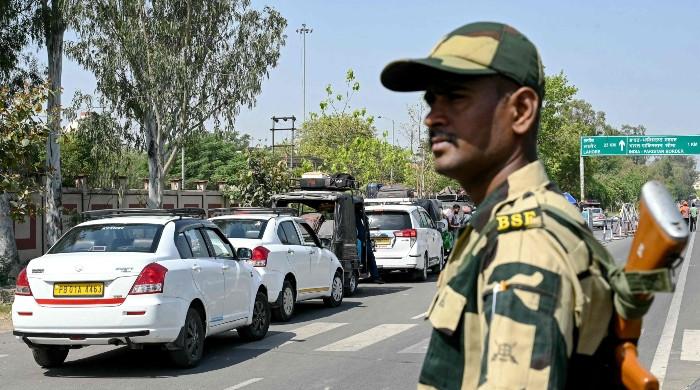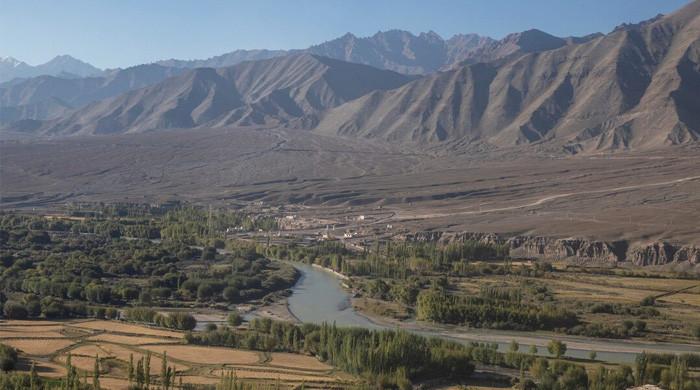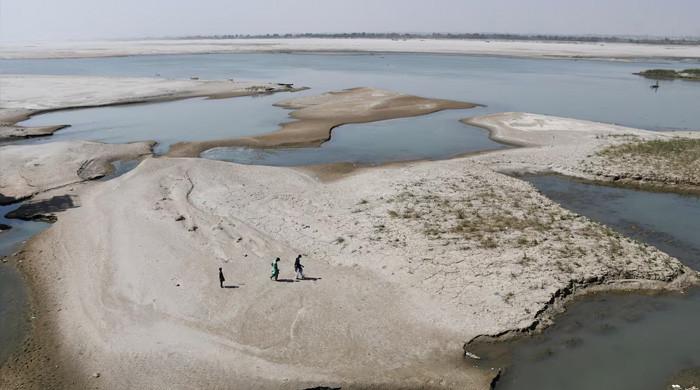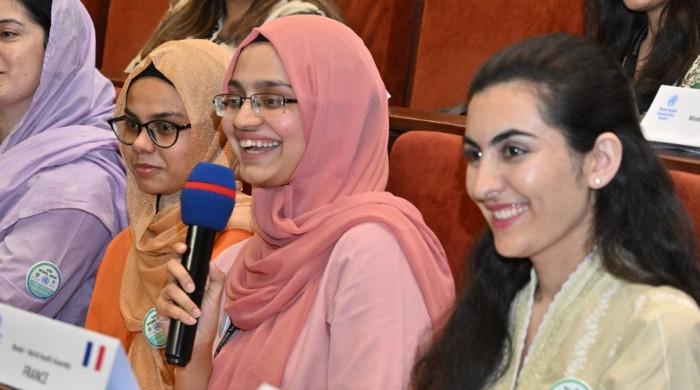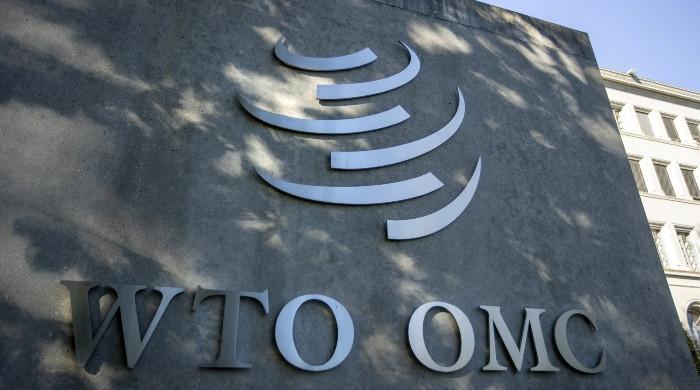Breaking the news: No level-playing field for private media in Pakistan
Government policies pose existential threat to media
April 07, 2020
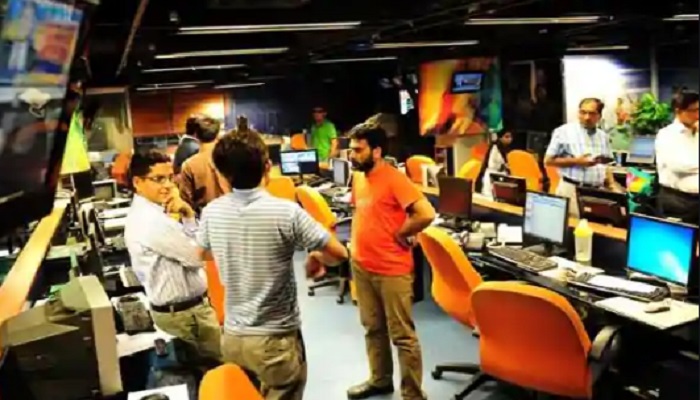
The decision, reportedly, of allowing the state-run Pakistan Television (PTV) to collect Rs100 instead of Rs35 per month in electricity bills, is yet another addition to a long list of discrimination towards the mainstream media in Pakistan. A list which began in 2003, the year the Pakistan Electronic Media Regulatory Authority (PEMRA) was formed.
Pakistan ranks 142, out of 180 countries, in the 2019 World Press Freedom Index, published by Reporters Without Borders, primarily due to such policies which pose an existentialist threat to the media.
This new policy will allow the PTV to collect Rs21 billion from distribution/license fee per annum, in addition to the billions it raises from private sector advertising. I cannot think of any other public broadcaster in world which raises revenue from private sector advertising, in addition to fixed distribution/license fee. In fact, PTV is the only television network in Pakistan which earns from both.
Since the Pakistan Tehreek-e-Insaf came to power, 70 per cent of advertising rates of private channels have been slashed. Separately, ads from the government and private sector have dropped by over 50 per cent. For over a year, government officials debated on how to clear media dues of over Rs6 billion.
As a result, a financially hard-pressed media laid off a number of people, slashed salaries and delayed payments to its employees for months.
Now, a public broadcaster like the PTV already has a niche and an important role to play. However, an equal and level playing field has to be provided to the other media houses in a democracy, to ensure plurality of opinion and information.
As of now, the PTV continues to remain outside the preview of PEMRA, the regulatory body, and thus does not have to pay any upfront license fee to launch a new channel or an annual revenue sharing fee like other broadcasters. Moreover, the state broadcaster is not restricted by PEMRA rules to air only four channels and instead has eight channels to date. This restriction applies to all other media groups, except the PTV. This rule was enforced in 2009, after the lawyers movement and elections of 2008.
Over in neighboring India, there is no limit to the number of channels per TV network. In fact, its major media groups run nearly 50 to 60 channels each.
Another discrimination in the PEMRA rules of 2009 is that Pakistani channel owners are barred from having any shareholding in TV distribution platforms like cable television, Direct-to-Home (DTH) and Internet Protocol television (IPTV). This again is without precedent.
Such discrimination is the reason why the Pakistani media has not increased in size and revenue and it is nearly 30 times smaller than the Indian media in terms of annual revenues. India has over a thousand TV channels now. Due to large number of successful digital TV, cable TV and DTH platforms, Indian channels have a reach of over 90 per cent to households, compared to around 50 per cent in Pakistan.
As of now, Pakistani cable TV is still mostly non-digital. Pakistan has yet to launch a DTH TV distribution platform, while Indian DTH platforms have earned billions of dollars from Pakistan market through illegal distribution networks in the last 15 years.
Across the world, the private sector media is encouraged to earn both from advertising and subscription/distribution revenue. In Pakistan, it is the reverse.
The previous governments, as well as the present one, have been exceedingly responsive to PTV’s woes, but they have not introduced a pay television regime in Pakistan for private sector channels. Such a system would have ensured distribution revenues for TV networks.
Also, in other countries, regulators like PEMRA ensure that the cable tv operators pay a pre-determined fee to channel owners for carrying their channel. For this purpose , cable television and other distribution platforms reserve a portion of the subscription they collect from subscribers and pass it onto TV networks.
The television industry in Pakistan has played a major role in the success of Pakistan’s only satellite i.e. Paksat 1-R. However, due to policy restrictions it has not been able to contribute like the Indian media industry, which has taken a number of Indian satellites for DTH and TV channels.
Due to a backlog of payments and other financial crisis, the Pakistan television industry now owes billions to Paksat 1-R and is forced to look for cheaper alternatives which will hamper Pakistan’s satellite program.
Before the latest directive, to increase the license fee to Rs100, was rolled out viewers were not consulted. No one asked them if they would like to pay a higher fee for state coverage and propaganda.
Majority of the viewing in Pakistan has shifted to private sector media, while the state broadcaster has been piling up losses in the last many years. In fact, an operational profit was announced only last year by the PTV. However instead of supporting the expansion of mainstream media, the government has opted to provide additional resources to the state media. The PTV now has an additional revenue stream of Rs14 billion. On the other hand, the mainstream media dues of Rs6 billion are still pending, despite repeated demands by the Pakistan Broadcasters Association and All Pakistan Newspapers Society.
All the above disparities are a clear violation of Article 25 of the constitution, which pleads equality and non-discrimination. It’s also against the spirit of the United Nation’s Universal Declaration of Human Rights, which protects and encourages freedom of expression.
The Pakistani state builds a case against itself at global forums by such disparities and discrimination against local media outlets.





